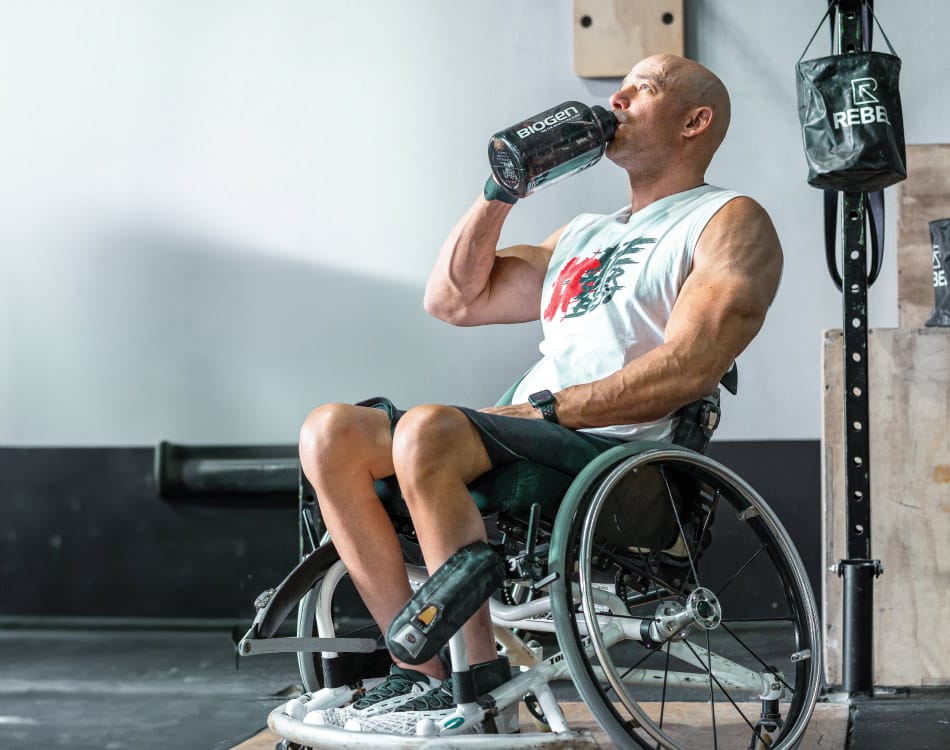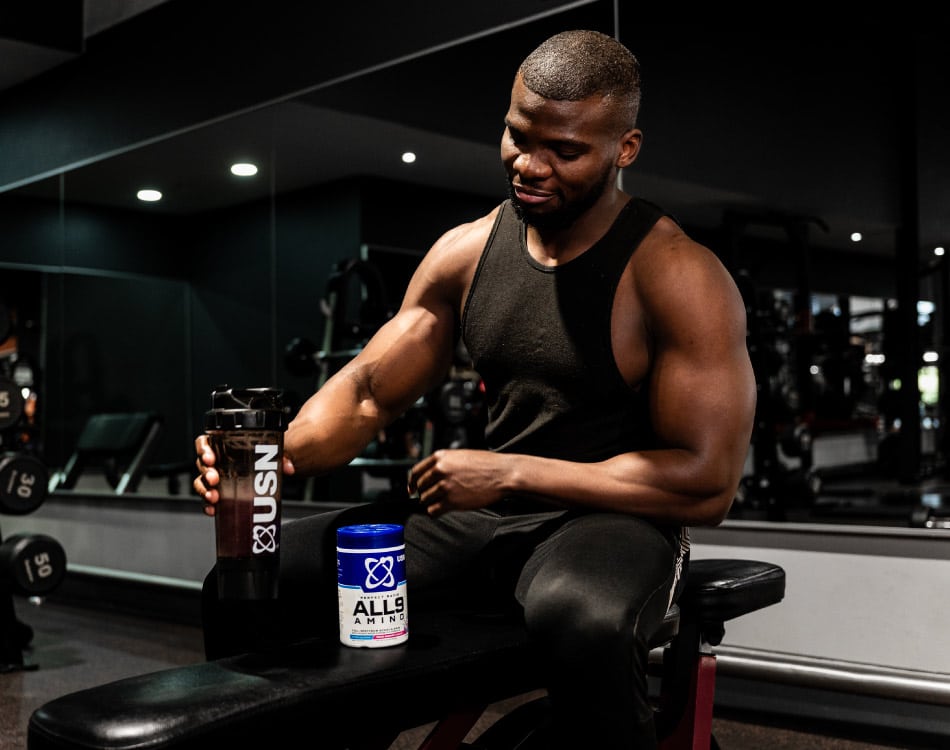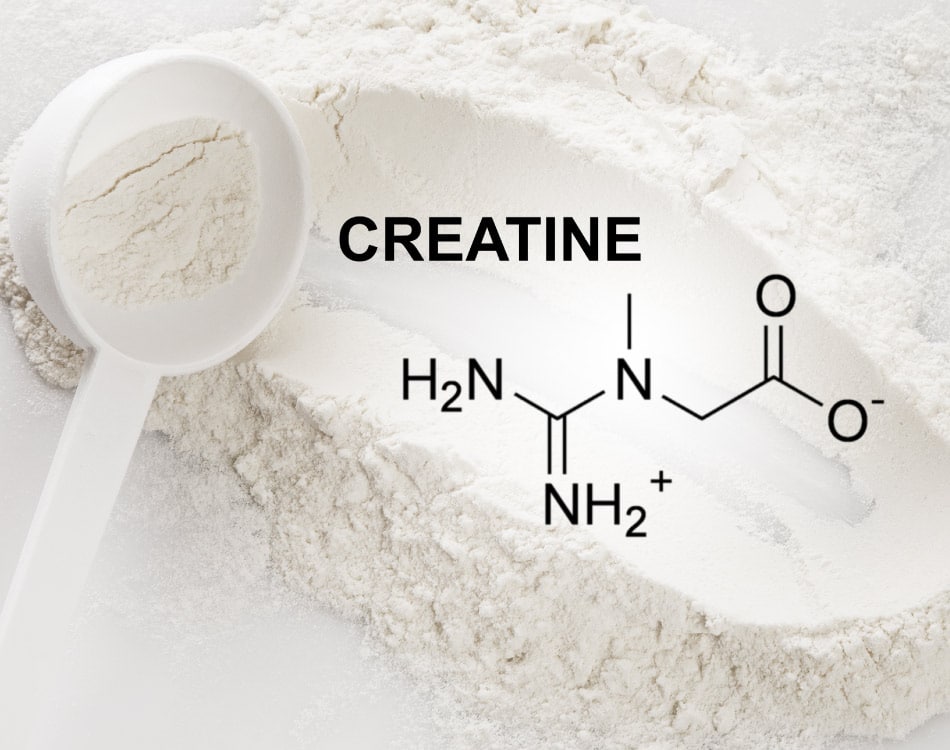The gym is a unique environment with its own culture and jargon with many different words, phrases and technical terms.
It can all feel a little overwhelming and confusing, especially for anyone stepping into the gym for the first time.
To help you make sense of gym ‘speak’, here are common terms every gym-goer should know:
AMRAP
An acronym for “As Many Reps As Possible”. It refers to a type of exercise programming used in high-intensity metabolic conditioning (metcon) training. The aim is to execute as many reps as you can in an interval (usually 1 minute) for each of the exercises in a set or programme.
BMR
An acronym for Basal Metabolic Rate. The term refers to the amount of calories your body burns at rest to maintain basic yet vital functions. You can increase your BMR to burn more calories each day, even while at rest, by adding more muscle.
Burpee
There’s nothing rude about letting out a few of these at the gym. This move combines a squat jump with a pushup included in the bottom position. It’s a great full-body exercise often used in high-intensity programmes.
Circuit training
A workout structure that consists of a series of exercise stations, performed consecutively with relatively brief rest intervals between each station. Circuit training aims to keep the heart rate elevated to burn as many calories as possible while also delivering a cardiovascular benefit to boost fitness levels.
Cross-training
An exercise regimen that involves a variety of different cardio and strength-training techniques to create functional fitness and strength and an overall health benefit. It is a great way to exercise for anyone who doesn’t specialise in a sport as it prevents boredom and stops your body from becoming accustomed to certain workouts. It is also a great way for athletes to train in the off-season to aid recovery and increase general strength without losing base fitness.
DOMS
An acronym for “Delayed Onset Muscle Soreness”. This term refers to the pain and stiffness felt typically in muscles (it can also present in connective tissue) after unaccustomed or strenuous exercise, due mainly to the resultant tissue damage and accompanying inflammation.
The soreness is most intense 24 to 72 hours after exercise.
To alleviate DOMS, increase blood flow to the muscles with low-intensity exercise, massage and/or hot-cold contrasting. Increased water intake and protein consumption can aid also help tissue repair and reduce inflammation, while remaining inactive can exacerbate symptoms.
Drop sets
A gruelling strength training technique where you reduce the weight slightly at the end of every set and you continue exercising without rest intervals until you reach exhaustion. This form of training is extremely taxing on the body and is not recommended as a daily training method.
EMOM
An acronym for “Every Minute On The Minute”. It denotes an exercise set structure that requires you to perform a set number of reps every minute. Once complete, rest for the remainder of the minute, before repeating for the next exercise at the start of the next minute.
Functional training
The practice of training the body for everyday activities. This form of training usually incorporates bodyweight exercises for resistance, or compound movements that target multiple muscle groups.
Giant set
A form of training that targets one muscle group with four separate exercises performed in quick succession. This is often done to failure, often with a reduction in weight halfway through a set once muscle fatigue sets in.
German Volume Training (GVT)
Also known as the 10×10 method, this exercise structure requires that a weight lifter perform a single exercise that targets a specific muscle group using a high-volume 10 sets of 10 reps approach.
H.I.I.T
An acronym for “high-intensity interval training”. This is an extremely effective way to burn fat. It also assists in improving endurance and can help you build strength. HIIT training also helps speed up your metabolism, even after the exercise session to aid fat loss and improve body composition.
Interval training
Repeated intervals of intense exercise interspersed with intervals of relatively easier exercise for active recovery. This type of training provides a means of performing large amounts of high-intensity exercise in a short period of time.
Kettlebells
A cast iron weight with a handle used for swinging movements to build strength and endurance and activate your core stabilisers. These qualities make a kettlebell an effective exercise tool for high-intensity and functional training.
MET
An acronym for “Metabolic Equivalent of Task”. It is basically a unit of measure related to the rate at which your body expends energy during exercise based on energy expenditure at rest. It is frequently used as a measure of intensity on cardio machines in the gym. For example, moderate-intensity activities performed at 3-6 METs burns off 3-6 times as much energy per minute than sitting quietly.
Metcon
An abbreviation of the term ‘metabolic conditioning’. It is a form of intense training that aims to enhance the efficiency of the body’s three energy-producing metabolic pathways. In so doing, individuals improve performance.
The high-intensity nature of this form of training also makes it a popular modality used in weight management exercise programmes.
Negative reps
Negative reps focus on the eccentric phase of the rep by increasing the time under tension during this phase. A spotter will normally assist the lifter on the concentric phase, to get the weight up and the lifter then uses muscle tension and resistance to slowly lower the weight.
This technique causes the greatest amount of micro-trauma to muscle tissue, so don’t used at every session or starting a programme for the first time.
Neutral grip
A slight outward rotation of the wrists so that your palms face each other and your thumbs point upwards. Works best for dumbbell exercises or machines and bars with vertical handles.
Pronated grip
An inward rotation of the forearm so that your thumbs point towards each other during a barbell or dumbbell lift or when using machines. Also known as an overhand grip.
Pyramid set
A weight training set where the lifter progresses from lighter weights with a greater number of repetitions in the first set to heavier weights with fewer repetitions in subsequent sets.
Rep
A complete repetition or one instance of a given exercise using correct form and execution
RPE
An acronym for “Rating of Perceived Exertion”. It is a subjective self-rated measure of your level of intensity during physical activity, usually expressed as a numeric value on a scale of 1-5.
RMR
An acronym for “Resting Metabolic Rate”. It refers to the body’s metabolic rate early in the morning after an overnight fast and a full eight hours of sleep. This is different than BMR.
Smith machine
A barbell fixed within steel rails so that movement is limited to the vertical plane – only straight up and straight down. The disproportionate size of the frame is needed to stabilise it because the manner in which it controls and limits movement means gym-goers can perform seriously heavy lifts.
Superset
Two exercises performed back to back with minimal rest between exercises. This is a great way to increase your workout intensity and density, burn more calories, improve endurance and condition muscles.
You can employ various types of supersets, such as agonist or antagonist supersets. The agonist superset targets muscle groups that work in unison during the same exercise, such as your chest and triceps or back and biceps.
Antagonist supersets target opposing muscle groups, like back and chest or biceps and triceps. The key to an intense superset is to move as quickly as possible between exercises and only rest one to two minutes between supersets.
Supinated grip
An outward rotation of the forearm so that your thumbs point in opposite directions during a barbell or dumbbell lift or when using machines. Also known as an underhand grip.
Tabata
A highly effective style of interval training named after its inventor. Dr. Izumi Tabata. You perform it using a set structure of 20 seconds of all-out effort, followed by 10 seconds of rest, repeated for 8 rounds. A single Tabata takes a total of 4 minutes to complete.
Training to failure
Working a muscle to the point where you experience momentary muscular failure. This is caused by a number of factors, such as a lack of available energy reserves, poor endurance or reaching your lactate threshold.
To reduce injury risk, it is most common to only use this method on the last set of an exercise.
Tri-sets
This technique requires that you perform three exercises, targeting the same muscle group, without resting or pausing between the exercise sets.
Variable resistance
Strength training exercises that change the amount of resistance imposed throughout the full range of motion.
Weight stripping
This is similar to a drop set except, in this instance, the weight is reduced for each rep.
21s
An exercise set that includes seven partial reps (i.e. not full range of motion) in the lower half of the motion (lifting the weight halfway up), then seven partial reps in the upper half (dropping the weight halfway down) of the movement. You then completed the set with seven complete, full range of motion reps.













